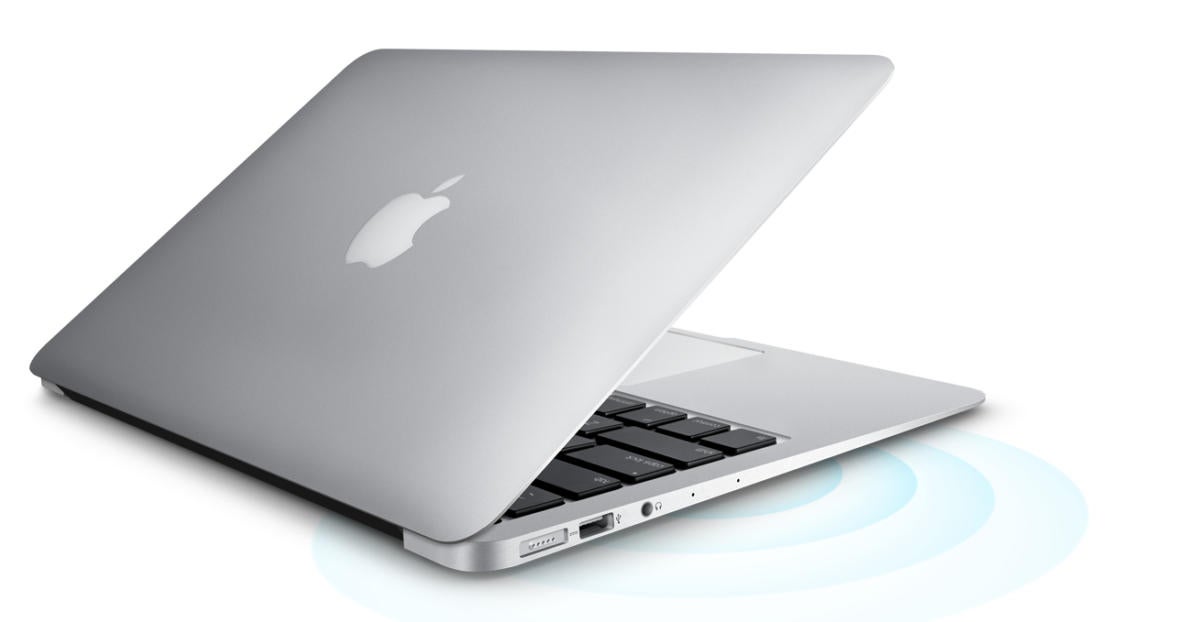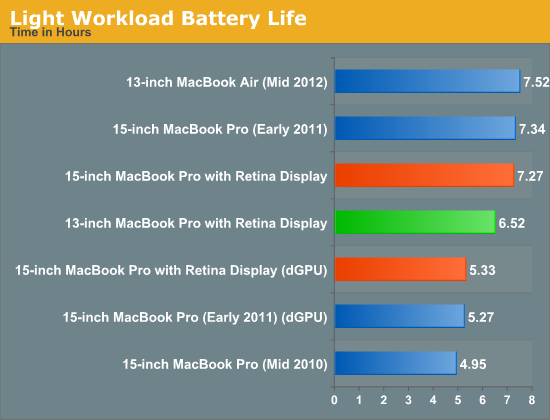
We’re still dealing with a 128-bit wide memory interface with a 1600MHz datarate. Overall bandwidth remains unchanged despite the move to very low power memory. Apple has historically not had an issue with spending a bit extra to get a better overall experience, so it’s not surprising to see the MacBook Air ship with LPDDR3. LPDDR3‘s power advantage is why it’s frequently used in smartphones vs. LPDDR3 on the other hand drops voltage even further (1.2V) while introducing architectural features to drive power down even lower.


Standard DDR3 operates at 1.5V, while low-voltage DDR3L drops that down to 1.35V - the two standards are otherwise identical.

The other big change, and one that Apple is among the first (only?) to take advantage of is Haswell ULT’s support for LPDDR3. Haswell ULT supports lower power sleep states (up to C10) than the standard mobile or desktop parts (C6/C7). The combination of Haswell ULT CPU and PCH are both included in the new 15W TDP (there’s a 28W version as well but not used in the MacBook Air). Haswell ULT silicon itself is binned for lower voltage/power operation. The PCH also moves down to 32nm, helping further reduce power consumption. Bringing it on package reduces the amount of power needed to drive traffic between the CPU and PCH, which in turn helps reduce platform power. The PCH is responsible for all SATA, USB, PCIe 2.0 and other rest-of-system interfaces. Intel is being frustratingly cagey with giving up real details on exactly what’s going on with Haswell ULT, but here’s what I’ve been able to piece together.įor starters, Haswell ULT brings the PCH (Platform Controller Hub) on-package. It turns out that although Intel did a wonderful job of driving down CPU power consumption over the years, it did nothing to make the rest of the platform keep up.

With Haswell ULT, Intel aggressively focused on driving down total platform power consumption.


 0 kommentar(er)
0 kommentar(er)
